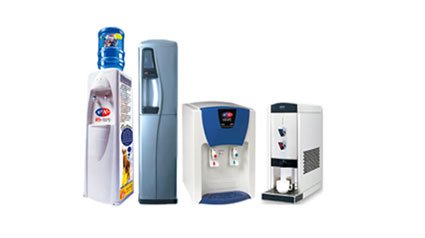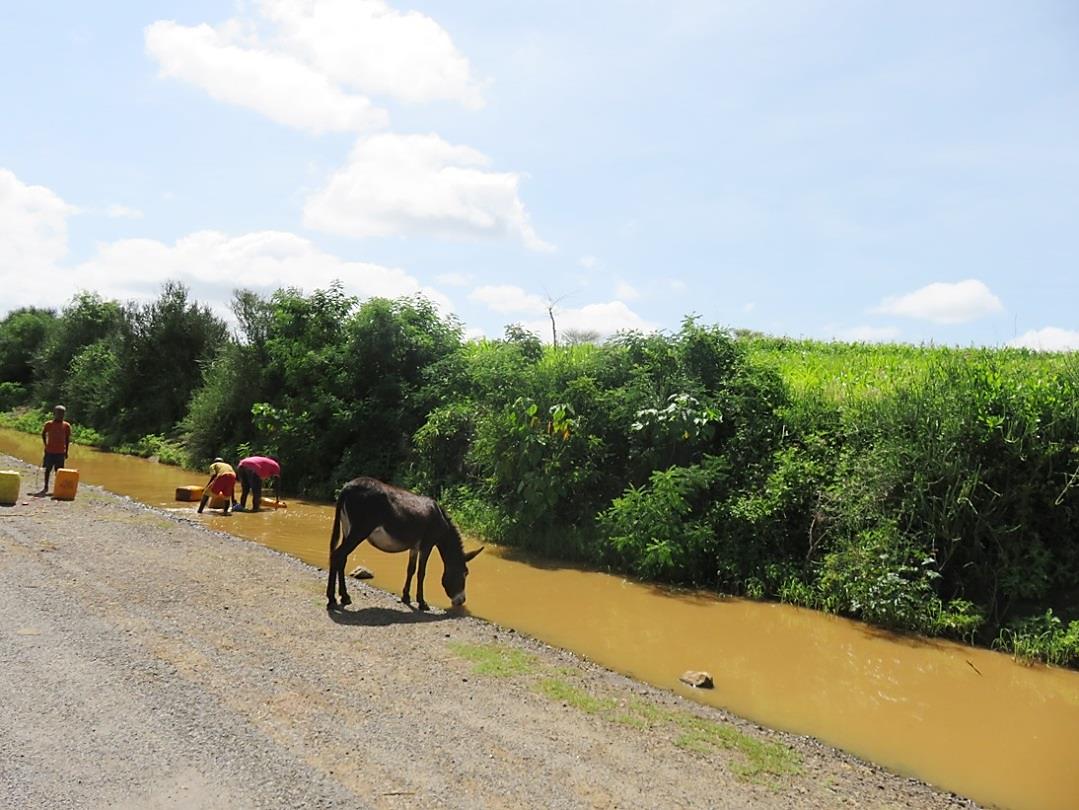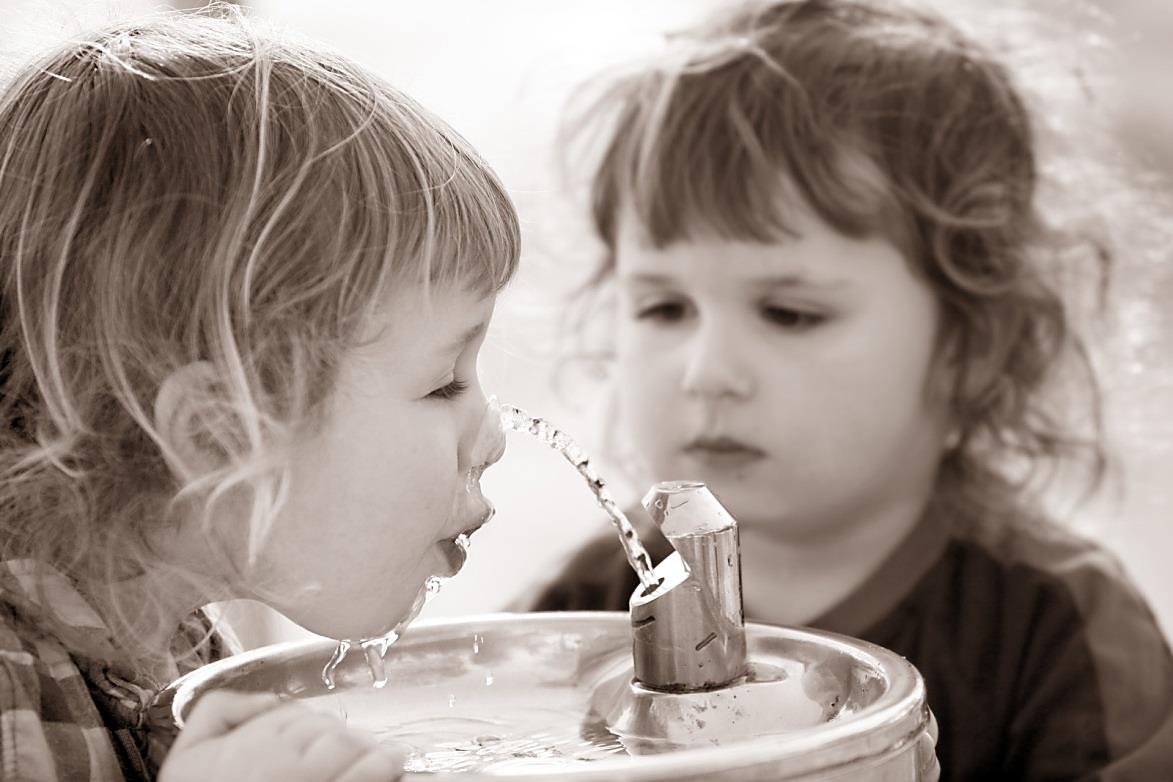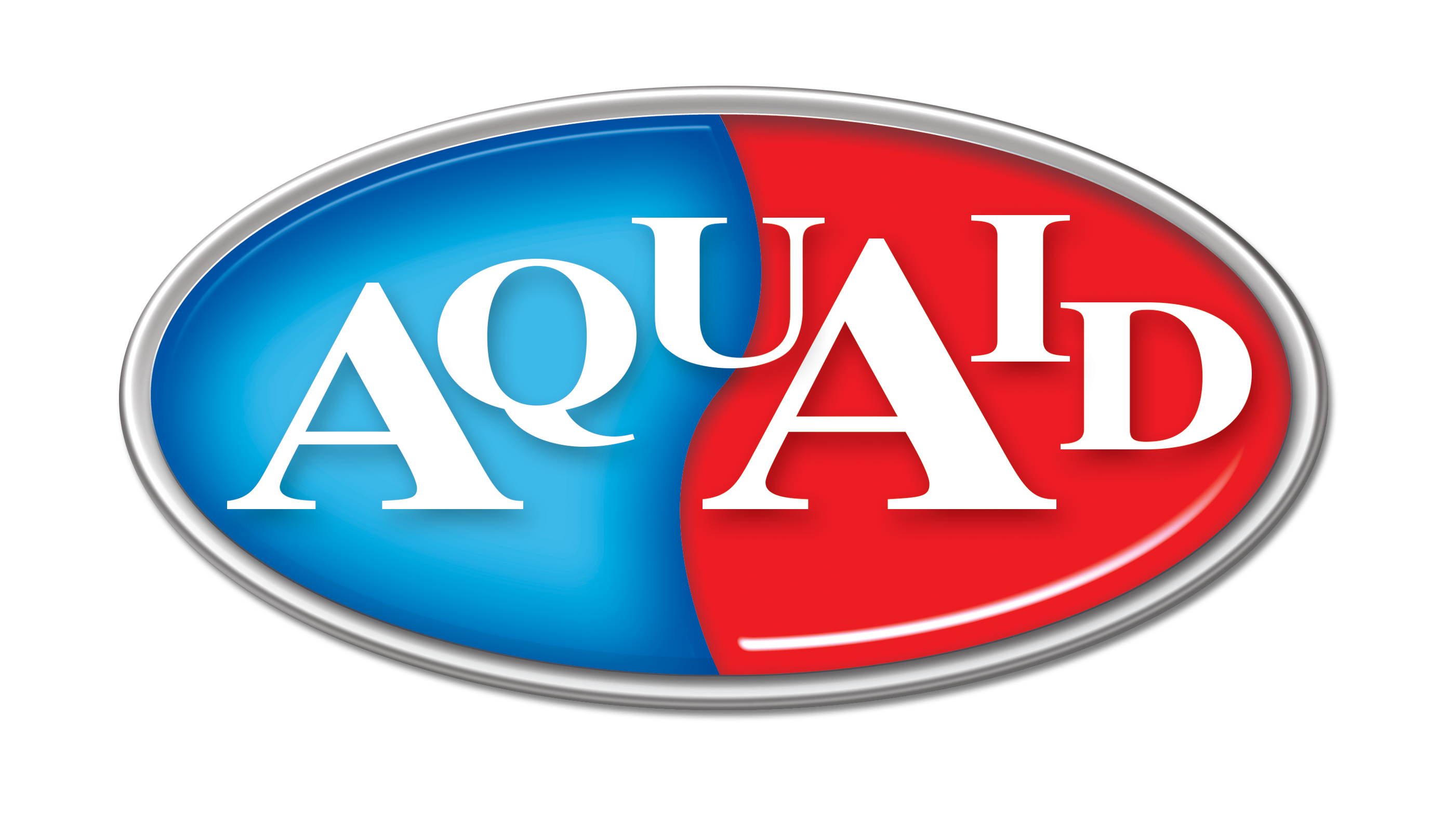
by Fern Shaw | Jan 19, 2017 | bottle fed water coolers, mains fed water cooler, Water Coolers
When you’re looking to purchase a water cooler for your workspace, speak to us at AquAid. Here’s why:
- AquAid is local to you. We have 29 depots throughout England, Ireland and Scotland. This means we’re able to attend to and action your requests; orders; deliveries and queries faster and as each AquAid branch knows their customers, they are able to provide a more efficient service.
- As we have considerably more than any other water cooler company, this also means far less diesel is used delivering our water, thus minimising our carbon emissions.
- As a business, we are always cognisant of the impact on our environment and continuously strive to minimise our carbon footprint. These efforts include switching over to paperless billing systems (e-mail invoicing) through to giving our customers the best advice when it comes to whether you should be installing a mains-fed or bottle-fed water cooler to suit your drinking water needs.
- We place a high importance on corporate social responsibility (CSR). In this vein, since the inception of the AquAid business, we have collaborated with charities that provide sustainable solutions to poverty and aid in emergency relief where needed.
- This means by using AquAid as your water cooler supplier you are bringing life changing solutions and creating better futures to some of the world’s neediest families.
- An added bonus of these charitable donations is that your participation is generally passive – the donations we make to both The Africa Trust and Christian Aid stems from our water cooler sales. We do, however, encourage our customers through various campaigns, to spread the word about how your water cooler purchases are making a substantial difference in others’ lives.
Telephone us on 0800 772 3003 or contact us at our website today to find out more about how we can provide you with our tailor made water cooler solutions.

by Fern Shaw | Oct 11, 2016 | mains fed water cooler, Water Coolers
We all know how important it is to remain properly hydrated. Many studies over the years have dealt with the adverse effects of dehydration, how it affects cognitive and mental performance, while also causing mood disturbances – not to mention the fact that from a physiological point of view, we simply could not survive for more than a few days without water. But we often underestimate the significance of hydration in the work environment, where performance is key – which is why water coolers are for many, and should be for others, an essential component to ensuring staff productivity.
Statistics from 2004 show that illness absence (with 168 million working days lost) costs UK employers a staggering £12b a year. It was noted that good hydration contributes to workers’ health and safety, and that even mild levels of dehydration adversely affected performance. The importance then of providing drinking water, whether in the form of drinking fountains or water coolers, to ensure staff members remain properly hydrated has not been lost on many of the more responsible industry sectors.
In 2007 the Royal College of Nursing published a Hydration Best Practice Toolkit – the aim was to better inform employees across the various health care fields, how important it was to remain properly hydrated and what the benefits were of drinking enough water. Of the many fact-sheets included in the toolkit, one is particularly pertinent, because it looked specifically at the importance of Water in the Workplace and how that affects productivity – a key performance indicator for any business.
Let’s begin with what constitutes good hydration. The amount we should be drinking each day depends on a number of factors, but there is an ideal range dependant on gender – if you’re male, you should be frequenting water coolers more often than women, because you need between 1.2 and 3 litres of water per day, while women need less – between 1.2 and 2.2 litres.
According to the fact-sheet, these are some of the early signs of dehydration:
Light-headedness, dizziness, tiredness, irritability, headache, sunken features (particularly the eyes), flushed skin, heat intolerance, dry mouth, throat and eyes, and skin that is loose and lacks elasticity. There may be a burning sensation in the stomach, urine output will be reduced, and may appear darker than usual.
Throughout the day we lose water from our bodies in a variety of ways: urine, evaporation from our lungs and skin when we breathe, perspiration, and a small amount is lost in faeces. Environmental factors also play a part in how much water we lose each day, and our bodies only perform efficiently if we restore the water balance. Check over here In order to do so we need to be vigilant about consuming fluids and there needs to be easy access to drinking water throughout the day. In Part II of this two-part blog series we take a closer look at the health and performance benefits of remaining hydrated, and how that benefits productivity during the work day. In the interim, for a wide variety of high-quality water coolers, whether Bottled or Mains Fed, whether to buy or rent, call AquAid today.

by Fern Shaw | Oct 11, 2016 | mains fed water cooler, Water, water cooler, Water Coolers
AquAid has been in the business of providing water coolers for near on two decades. This means we have a wealth of experience in fulfilling your water and water cooler requirements, ranging from:
AquAid provide water coolers and services to more than 30 000 customers throughout England, Ireland and Scotland.
We continue to ensure the provision of the correct water cooler solutions to our customers, coupled with services that include;
Fortnightly delivery plus our exclusive emergency next day delivery, free of charge;
Ongoing water cooler maintenance by AquAid trained and experienced engineers;
Keeping your AquAid local and in doing so, keeping it ‘green’.
There are 29 AquAid depots across the length and breadth of the UK. This means a smaller carbon footprint in the delivery of our water coolers, bottled water deliveries and your water cooler maintenance.
If you’d like more information on AquAid Water Coolers, our range of products and services that we offer, please either contact us here or telephone us on 0800 772 3003 – we be delighted to assist you.

by Fern Shaw | Aug 22, 2016 | Water Coolers
We all remember the phantasmagorical 2012 Olympics held in the U.K. which, according to all reports, was a resounding success and now, four years later, we’re in the thick of things with the Let’s Go Rio Olympics.
And when I say the thick of things, I mean it, from broken limbs to athletes been sent home through to let’s just call it; men behaving badly pre- and post-events and then being called out about it. The temperatures are rising and it’s not just due to the weather!
On a more positive note, Rio 2016 is officially Great Britain’s best overseas Olympics after they surpassed not only the Beijing tally of 47 medals, but their own 2012 Olympics with 65 medals, by winning a total of an impressive 67 medals to date. Well done, Team GB!
There are so many considerations to be taken into account during the games, and not least, the athletes (indeed everyone involved) keeping themselves in tip top condition and ensuring that they keep themselves adequately hydrated.
Sports hydration, understandably, is quite different to the average person’s hydration requirements, so this will have been taken into account during this year’s Games, including factors such as the temperatures in Rio, despite it being winter in Brazil at the time of these Summer Olympics.
AquAid played a big part at the 2012 Olympics by ensuring that there was always water at and around the Olympic sites, whether it was for the spectators, the vendors, or the village itself. We can’t say that AquAid were present in Rio providing water and water coolers to all attending the Games, but we were definitely with Team GB in spirit and would like to extend a very sincere congratulation to Team GB for doing the UK proud!

by Fern Shaw | May 31, 2016 | Charity, Christian Aid, water cooler, Water Coolers
It’s not often that I can say that I’m truly overwhelmed. I may drama queen a little about being overwhelmed but that’s not often the case.
What I did find truly overwhelming was my recent nine day visit to Ethiopia at the behest of AquAid and at the invitation of a charity which AquAid have for years supported; Christian Aid.
Having worked in water provision and in close conjunction with the charities that AquAid support for a few years now, this is a matter that has taken on a great significance to me, as well as, I’m sure, everyone at AquAid. I’ve experienced daily how important it is to balance the business side as well as maintaining and perpetuating Paul Searle’s (AquAid’s founder) holistic philosophy of giving back. On the trip, though, I experienced this philosophy first hand.
Ethiopia is a magnificent country, that’s the only way that I can describe it. The Ethiopians are among the kindest, most hospitable and polite people I’ve met in my travels; the country is vast, the scenery is awe inspiring and the industriousness of the people is truly something to witness.
After a briefing at the Christian Aid offices in Addis Ababa, we departed on the first leg of our journey to visit the first of four projects in the south of the country. As our amazing driver, Girma, who would put any F1 driver to shame, negotiated his way through an endless progression of pedestrians, other road users which also included herds of cattle; sheep and goats as well as donkey, mule and horse carts, I observed something interesting. Every mile or so there were people walking. Not a gentle lollygagging type of walk, but walking with determination. Most were carrying yellow containers. Many of these people were very young children, some who looked to be no older than seven or eight years old.
When we passed a puddle on the side of the road, a river, a stream, there were people collecting water. I have no idea how many miles these people walked every day, but I imagine it was a good few miles at least. They shared the puddles with all manner of others including animals. These puddles were open to the elements, unprotected and quite a few puddles alongside certain stretches of road had all the detritus from the road and its passing traffic landing in them.
- The magnitude of what I was witnessing struck me – here is a country that has water in abundance (Ethiopia has more vast lakes than you can shake a stick at), but a large majority of its inhabitants live and work hundreds of miles away from these large sources of water. They are dependent on the weather – their water source more often than not from the rainfall; and the country experiences dry months for eight out of the twelve months of the year.
- This is where charities such as Christian Aid come in and have been doing so in the country since 1998 when they set up an office in Addis Ababa. Christian Aid and AquAid have been working in partnership since 2001, bringing relief and sustainable water provision to those in need around the globe.
We witnessed five such projects during our trip which I will detail in further articles, but having being there, the importance of having water or indeed, having access to water, truly struck home. Here were thousands of people to whom the struggle for water, stuff of life, wasn’t a turn of a tap or a press of a button away. Here, having water meant a day to day survival, where if you wanted water, you strapped plastic containers to yourself and you started walking, for miles and miles, looking for the precious stuff. You may get ‘lucky’ and find a big enough water puddle from which you could fill your containers, often you would not.
What also occurred to me (during and post trip) is how invaluable it is to have companies such as AquAid and even more invaluable – our customers who support AquAid. Because I truly witnessed the results of what charity means. For every person from each community that we visited who had water to drink, water to cook with, water to water their livestock and their crops, this was a direct result of donations to charity. Life changing stuff.
If you’d like to find out more about how your water cooler and bottled water purchases can make a difference to people’s lives (and I mean this literally), please get in contact. We’d love to hear from you.

by Fern Shaw | Apr 22, 2016 | water cooler, Water Coolers
Schools are back and summer is on the way. It’s always a concern that your child is getting enough water to drink during their busy school day. Fortunately, school water coolers are pretty much de rigeur in schools across the length and breadth of the U.K.
But what can you do, as parents, to help reinforce your children’s healthy hydration habits when they’re not with you during the day?
The amount of fluid a child needs depends on many factors including age, gender, weather and how much physical activity they get but generally children should aim to have six to eight drinks per day which should ideally be water (on top of the water provided by food in the diet).
Younger children need relatively small servings (e.g. 150ml per drink) and older children need larger servings (e.g. 250-300ml per drink).
Children should be encouraged to sip fluids at regular intervals throughout the day – a lot of children drink fluids at the end of the day when feelings of dehydration have already started to set in.
A few suggestions:
- Start good hydration habits at home by setting an example for your children. Make sure you drink enough water and you’ll soon get them into the habit – young children love to emulate what mom or dad is doing! Plus, of course, you’ll be doing not just your kids but yourself a favour too!
- Do a tour of the school yourself whenever your children start at a new school and make sure that there are sufficient water cooler stations with easy access for the children.
- Simple measures, like the addition of a bottle of water to the school lunchbox or backpack can always help to reinforce your children to keep hydrated. If straws are approved by the school and are appropriate for your child’s age, include a bendy straw, it will, without doubt, add interest to drinking the bottle’s contents, even if it is water!
- You don’t have to stick with just water, but be aware of the calorie count in other drinks such as fruit juices and soft drinks (in fact, perhaps try to stay away from soft drinks, or in fact, anything with fizz in it). Perhaps look at weak squash or diluted fruit juices.






